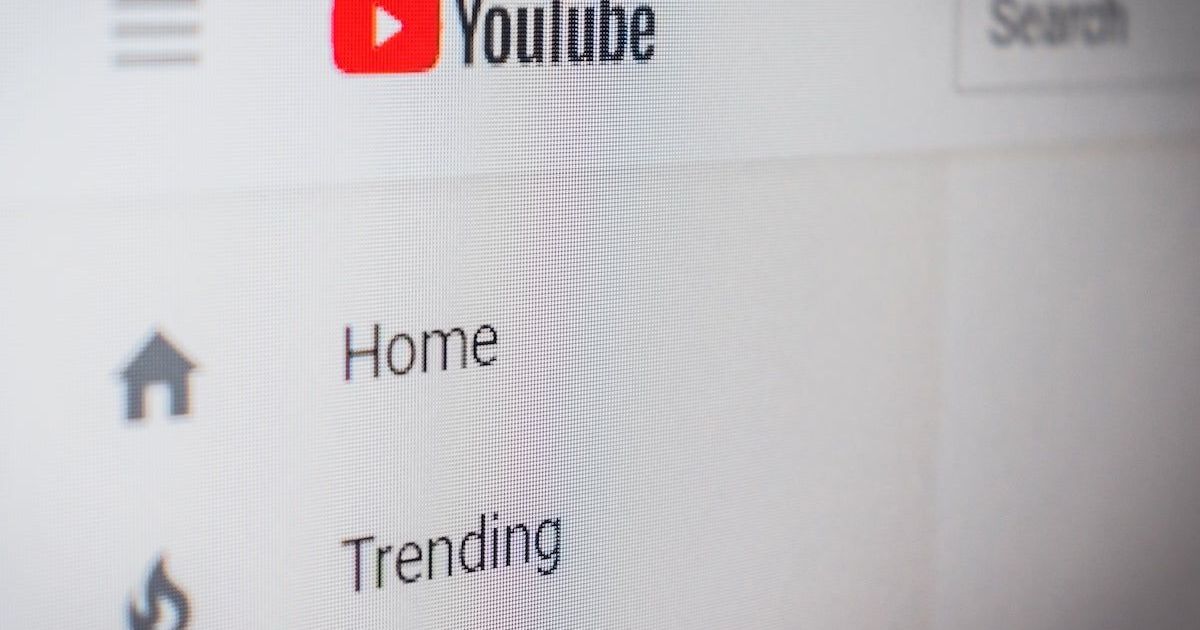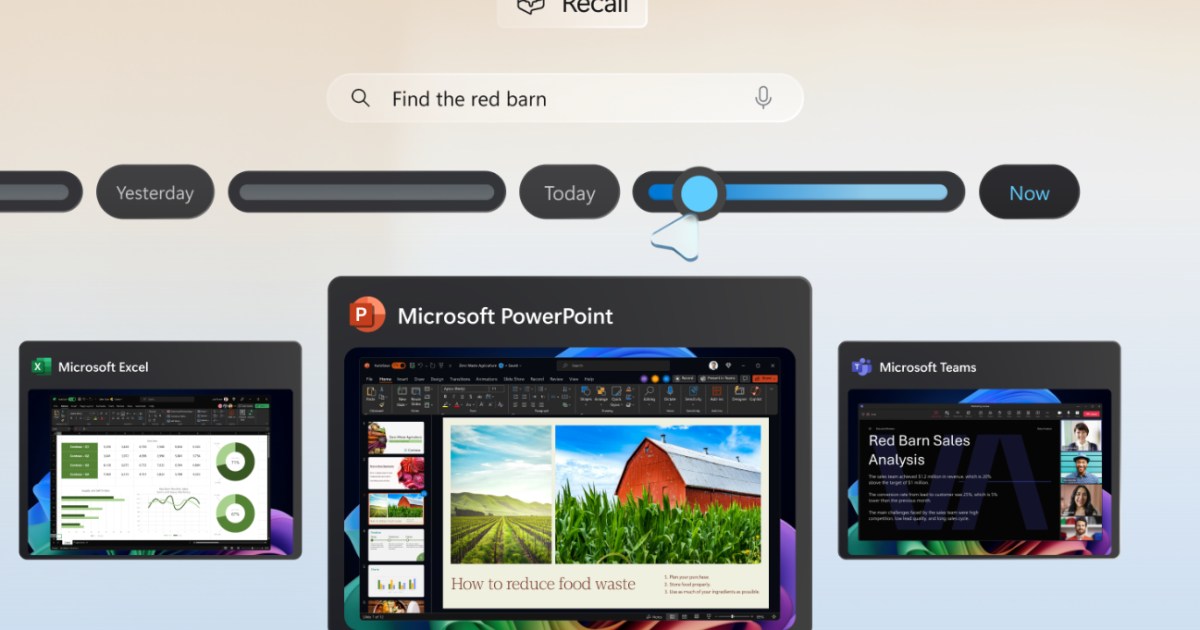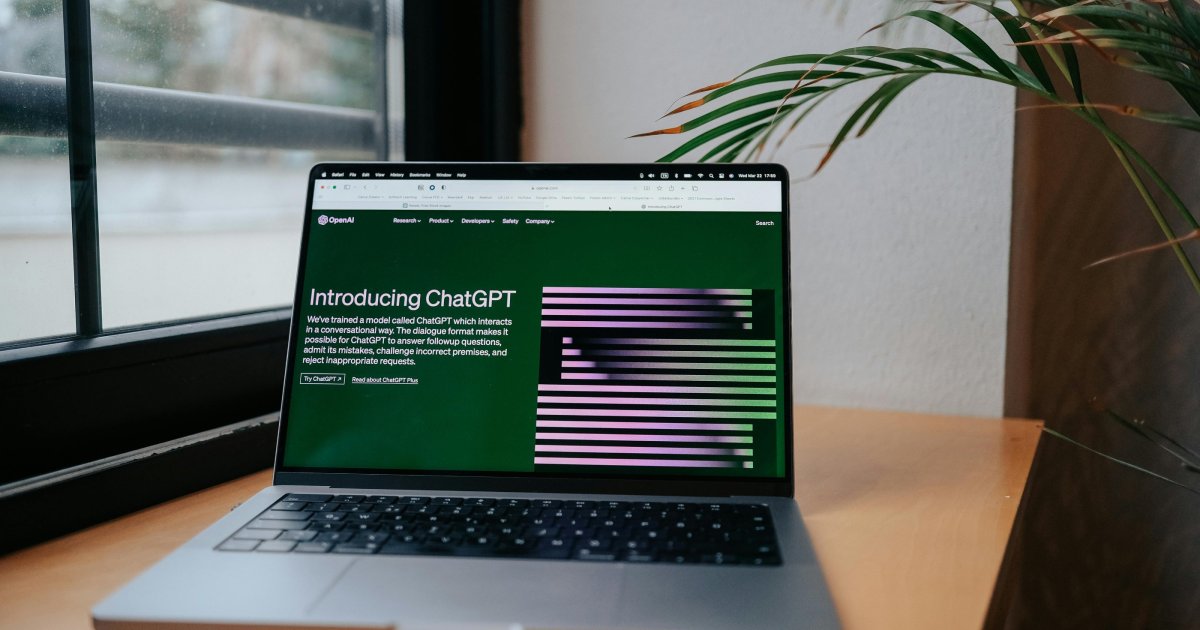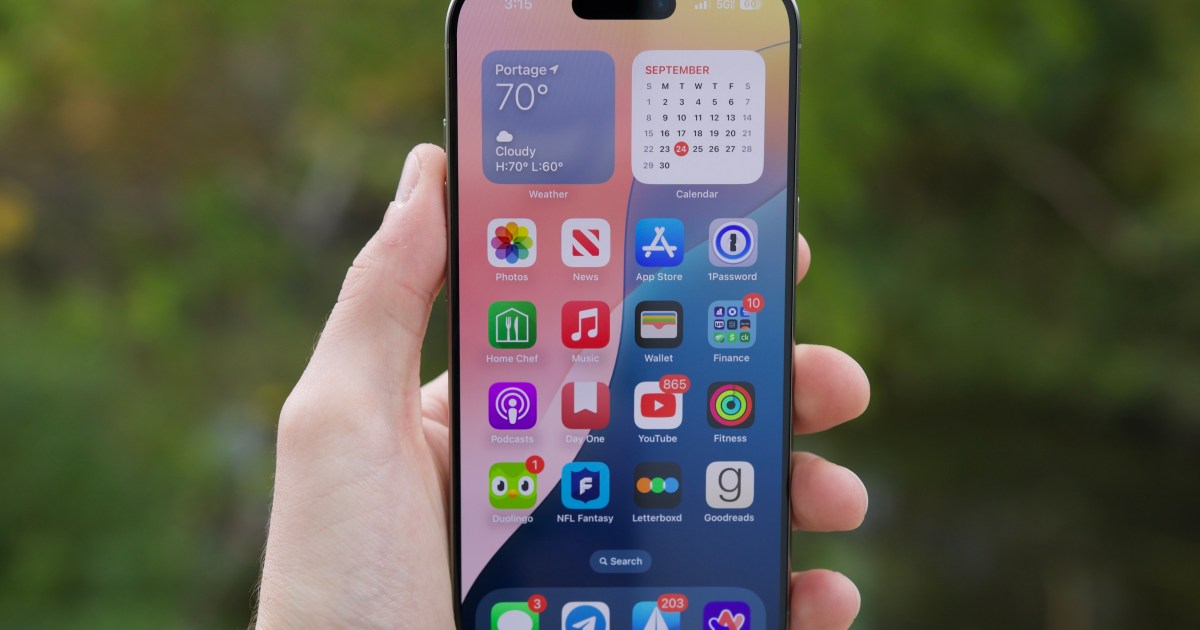YouTube is rolling out an AI-powered dubbing feature for creators, allowing them to automatically translate their videos into multiple languages without altering the speaker’s voice. This new tool aims to broaden content accessibility and reach a wider international audience.
According to reports, the feature will initially support nine languages: English, Spanish, Portuguese, German, French, Italian, Hindi, Indonesian, and Japanese. The AI technology analyzes the original audio and generates dubbed versions while preserving the speaker’s voice characteristics. This is a significant step forward from traditional dubbing methods, offering a more natural and authentic viewing experience.
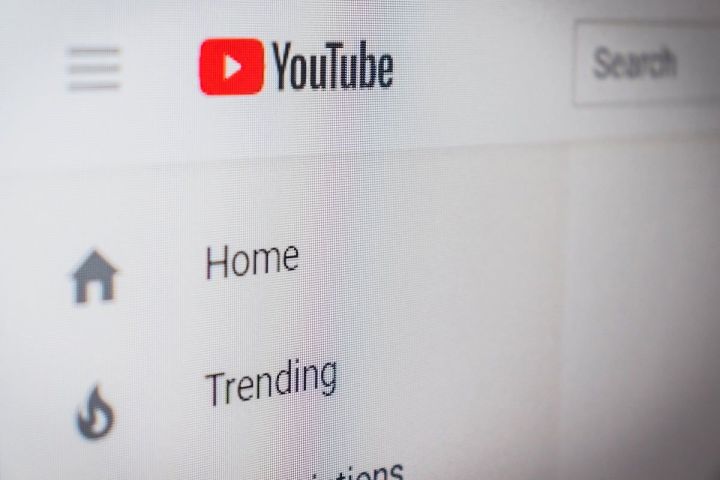 Screenshot of a YouTube video being dubbed
Screenshot of a YouTube video being dubbed
This auto-dubbing functionality was initially announced at YouTube’s “Made on YouTube” event in September. The rollout is expected to reach hundreds of thousands of creators in the coming weeks, focusing on new content uploads. Existing videos will not be automatically dubbed initially, and creators will have the option to opt out of the feature if desired. YouTube initially offered the “Aloud” tool in beta with limited language support (English, Spanish, and Portuguese), but this wider release marks a substantial expansion of its capabilities.
YouTube will now auto dub videos in English, Spanish, Portuguese, German, French, Italian, Hindi, Indonesian and Japanese. The dubs will use AI to take the original voice but change the language. – @levelsio
YouTube isn’t the only platform leveraging AI for language translation. Spotify introduced a similar feature in 2023, initially for English and Spanish, and later expanded to include French and German. This feature aims to provide a more personalized and natural listening experience compared to traditional dubbing methods. Meta also recently launched SeamlessM4T, a universal language translator capable of handling over 100 languages, including text-to-voice and text-to-text translations.
 YouTube's "Made on YouTube" event logo
YouTube's "Made on YouTube" event logo
These advancements in AI translation hold immense potential for content creators to connect with global audiences. However, the technology is still developing and carries the risk of inaccuracies or “hallucinations.” Creators should be mindful of potential mistranslations, especially in languages they don’t understand, and monitor viewer feedback to identify and address any errors.
In conclusion, YouTube’s AI-powered dubbing feature represents a significant step towards breaking down language barriers and fostering greater accessibility in online video content. While challenges remain, the potential benefits for both creators and viewers are substantial. This innovation, along with similar initiatives from companies like Spotify and Meta, is shaping the future of content consumption and global communication.



